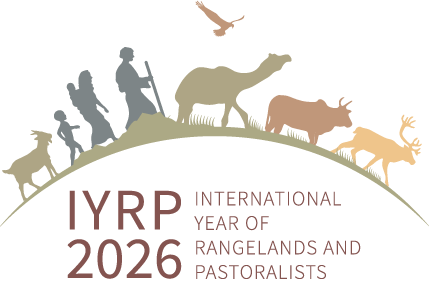Organized by the South Asia Regional Support Group for IYRP (Zoom meeting recording; 1:44:54; May 12, 2023)
More South Asia Featured Videos and Photo Stories
Grazing spaces in village commons restored through community collectives.
The Pulikulam cattle breed name derives from Pulikulam village located in Sivagangai district, of Tamil Nadu, India. It is an indigenous breed of India. It is popularly used in jallikattu and in Rekhla race, a traditional cultural festival of Tamil people. The Pulikulam cattle breed manure capabilities play a significant role in the rural livelihood of the communities rearing them for drought and organic agricultural production. Pulikulam cattle breeds are maintained by the traditional cowherds – mainly the Konar and Thevar communities of Madurai, Sivagangai and Theni districts of Tamilnadu, India. Majority of the Pulikulum cattle genetic resources are currently maintained by farmers and pastoralists as an integral component of the agricultural production system. This film documents factual information provided by the pastoral communities in the field of how the environment and biodiversity cycle affected because of denial of grazing into forest lands.
Bargur cattle is a breed of cattle native to the Bargur forest hills in Anthiyur Taluk of Erode District in Western Tamil Nadu in India. Accustomed to forest hills of the rugged and inhospitable forests of the Western Ghats, they are best known for their endurance, speed and trotting ability. The 3 Tamil speaking communities namely Hindhu Malayallee, Hindhu Sozhagar, Hindhu Orali and some Kannada speaking Gowdas maintain these cattlle in the Bargur region.The Pastorolists communities maintaining these cattle face many challenges in terms of grazing and finding it difficult to run their family for their livelihood. This film documents the hardships, present situation and representations based on the factual information provided by the pastoral communities in the field of Bargur hills.

